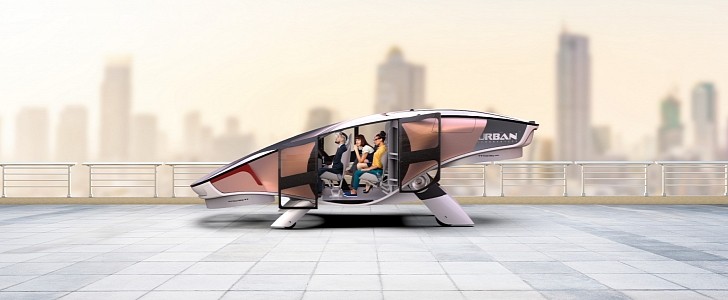Four Seasons Before Lunch Gauteng (Pretoria)
I have lived in Pretoria for half my life, but even at almost 50, l still am not ready for mornings like this . I step out of home in the morning at 7 a.m., greeted by a warm, gentle breeze and sunshine so golden it felt like summer had arrived overnight. The sky was clear; the jacaranda trees glowed purple; the air smelled of warmth and possibility. “Perfect day,” l muttered, locking his door. By the time l drive out—five minutes later—the sky starts to be darkened. A cold wind came crawling in from nowhere, sweeping dust across the pavement. The temperature dropped so suddenly that l have to switch the heater for warmth. Laughing. “Ah, Pretoria… you never disappoint.” Halfway to the office, the heavens opened. Not soft rain— a storm . Sheets of water hammered the road, street gutters overflowed instantly, and distant thunder rolled like a grumpy giant waking up too early. People scattered, hiding under bus shelters already too full. “Ten minutes ago...







Comments
Post a Comment